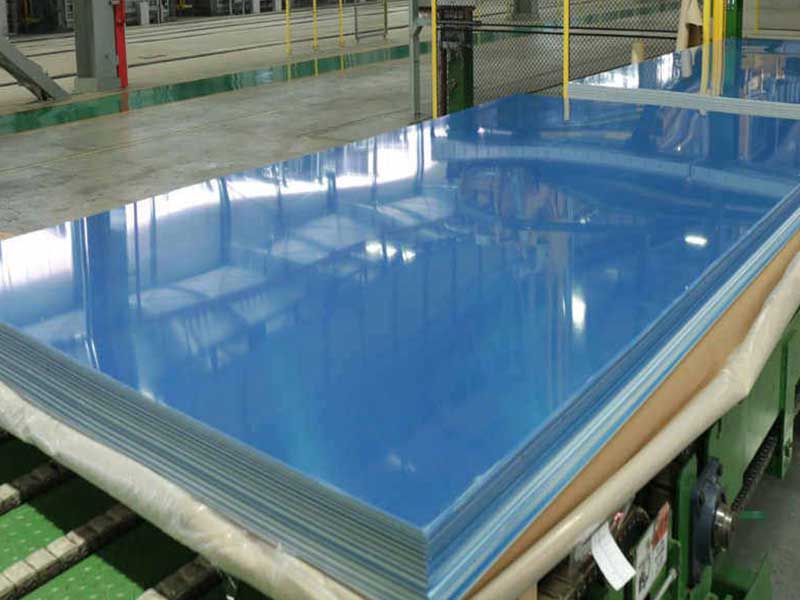1.5 mm thickness aluminum sheet
In the world of metals, aluminum has carved out a niche that extends far beyond kitchen foil and beverage cans. Among its various configurations, the 1.5 mm thickness aluminum sheet stands out for its intriguing balance of weight, strength, and customization. Engineering professionals, designers, and builders often overlook aluminum sheets at this thickness, but they offer essential properties that make them highly efficient across numerous applications.
Unique Properties of 1.5 mm Aluminum Sheets
Aluminum is known for its lightweight characteristics, enabling flexible applications without compromising structural integrity. With a thickness of just 1.5 mm, these sheets combine an strength-to-weight ratio that is tenant-leased in manufacturing processes. For context, aluminum sheets typically demonstrate 60 to 100 MPa of yield strength, allowing for durable components without necessitating heavy lifting or complex handling equipment.
Working with 1.5mm aluminum sheet is a constant balancing act. It's thick enough to offer decent rigidity and strength for many applications, avoiding the frustrating wrinkling and tearing we see with thinner gauges. This makes it a popular choice for things like moderately sized enclosures, simple ductwork, or even certain automotive components. However, it's still relatively thin compared to thicker aluminum plates, requiring careful handling during processing to avoid bending or scratching. We often see issues with inconsistent surface finish depending on the supplier – minor imperfections can be amplified during subsequent operations like powder coating or printing. Optimizing our cutting and forming processes for this specific thickness is crucial to minimize waste and maintain product quality.
Personally, I find the versatility of 1.5mm sheet fascinating. It's a sweet spot in the market, allowing us to produce a wide range of products efficiently. I've noticed a recent increase in demand for more complex shapes and designs using this gauge, pushing us to refine our tooling and techniques. For example, optimizing our bending dies for sharper radii and smoother transitions has been a focus. Troubleshooting issues related to burrs after laser cutting or finding the right parameters for effective welding without melt-through are ongoing challenges that keep the work interesting and demand continuous learning and improvement. It’s a material that constantly reminds me that even seemingly simple products require a deep of material science and manufacturing processes.
Opting for a 1.5 mm thickness provides machine operators with superior machinability. While strengthening a design requires accompanying trade-offs, industry professionals can marvel at the benefits provided by 1.5 mm aluminum sheets: resistance to extreme temperatures, corrosion resistance, and the ability to easily provide surface finishes that elevate aesthetic appeal—all while being eminently recyclable.
Applications in Diverse Industries
Aluminum's adaptability doesn't come into the limelight better than through its applications across various sectors.
-
Architecture and Building: In facade cladding, curtain wall systems, and interior defining elements, 1.5 mm aluminum sheets contribute to a light yet resilient construction landscape—fully integrating style without sacrificing safety. Moreover, this thickness provides enough coverage to include insulation options, preferential supports, and even thickness variations based on local building regulation requirements.
-
Automotive: In the automotive industry, reducing weight without sacrificing performance has been a hallmark for years. Engineers often introduce 1.5 mm aluminum sheets in innovative production for components such as door panels and hoods—resulting in improved fuel efficiency via reduced vehicle mass alongside additional crumple-zone capabilities without compromising crash safety.
-
Aerospace: Following aviation protocols, companies demand adherence to sustainable approaches with lighter frameworks. At mere 1.5 mm in thickness, aluminum produces aviation components that lessens load dynamics while enhancing aerodynamic features, ensuring speedy turnover rates on machinery doing the heavy lifting in airflow research.
Technical Considerations: Processing and Finishing Techniques
the fabrication possibilities surrounding 1.5 mm aluminum sheets allows users to maximize its potential. For instance, laser cutting and CNC machining are commonly employed techniques to produce accurate shapes and intricate designs. With proven performance throughout custom applications,from basic to complex geometry, mechanical lead time becomes expedient by exploiting process adjustments—down to micro-level contouring and preserving the inherent alloy properties of the aluminum sheet.
Moreover, the technical aspects of aluminum sheet hold surface degrees of freedom throughout popular finishing techniques. The most common include anodizing, powder coating, and painting—adding UV protection, exciting aesthetics, and effectively elevating applications orifice design barriers typically cuts exceeding weight specifications with alternative materials. These coatings tend to camouflage sutures and joint lines all the while amplifying design opportunities—an advantage particularly delighted-by construction and custom manufacturing ventures.
https://www.aluminumplate.net/a/15-mm-thickness-aluminum-sheet.html







